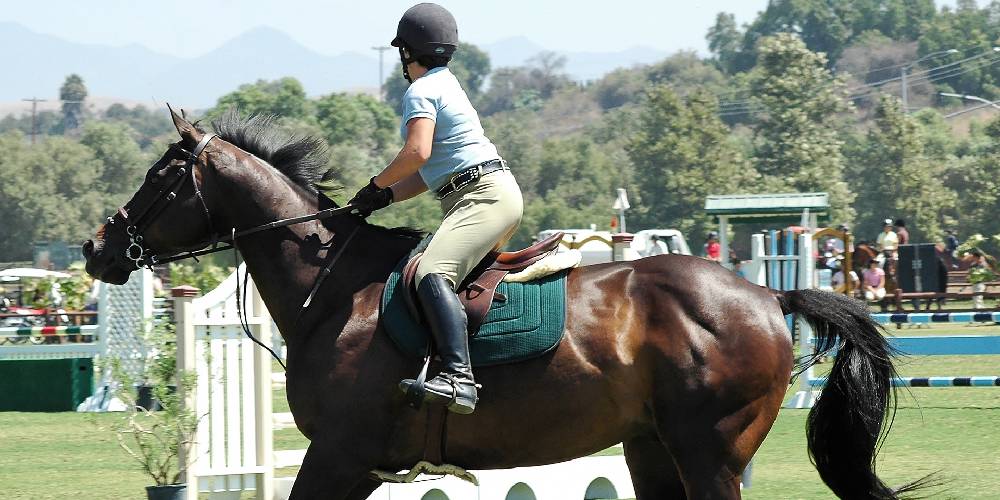What on earth does it mean when my trainer asks me to go two-point? I was giving a riding lesson this morning and when I asked my student to two-point at the walk, she looked at me like I had three heads. “What the heck does two-point mean?” It was then that I realized that there are probably many people out there that have no idea what this term means. With this in mind, I decided that publishing an explanation for this term could potentially help a lot of people.
What Does Two-Point Mean?
A two-point is basically slightly standing up in your stirrups while riding your horse. This puts you slightly forward in your position while you still maintain your center of balance. The term two-point is named because in that position there are only two points of contact where you, the rider, and the horse make any contact. These two places would be each of your knees rather than each of your knees and your seat.
When Riding, When Do I Two-Point?
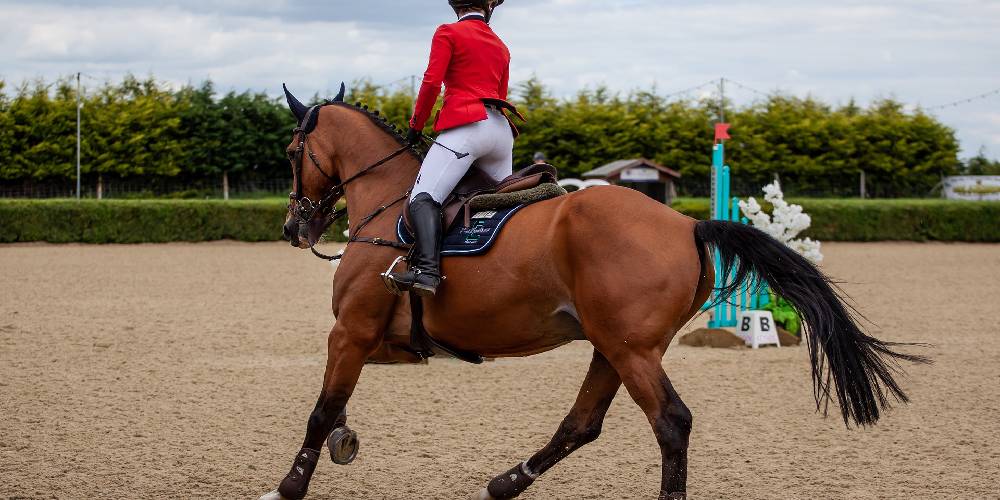
When riding a horse, there are many different times and places where a two point might be necessary. Examples for when you might two-point include:
Jumping
Believe it or not, when you are jumping and you lean forward and stand to go over the jump with your horse you are actually going into the two-point over the jump to help retain that center of balance on the horse by following their motion over the jump. You may two-point over every jump you come across in a course.
At The Canter
Two-pointing is not a common thing to see riders doing in gaits slower than the canter. If a horse is cantering, especially at a brisk pace, two-pointing may be the easier way to ride the canter than sitting it which is a big reason why riders will be seen two-pointing when cantering around.
If the horse and rider are cantering through a jump course, the rider may two point when cantering between jumps not only to make the ride smoother, but also so they are already in position to jump.
At The Gallop
You might notice that jockeys are standing up in their saddles as they gallop their horses around the racetrack at top speed. It isn’t just jockeys that stand for the gallop however, many riders, especially English riders will stand or two-point the gallop to make it a smoother ride and to help encourage their horse forward.
When Your Trainer Says To
Even if you are walking, two pointing can help you to improve your riding overall. Your trainer might ask you to two-point the trot or the walk rather than the gallop or canter. This is just to improve your riding! Don’t forget to listen to your trainer.
Is Two-Pointing Hard?
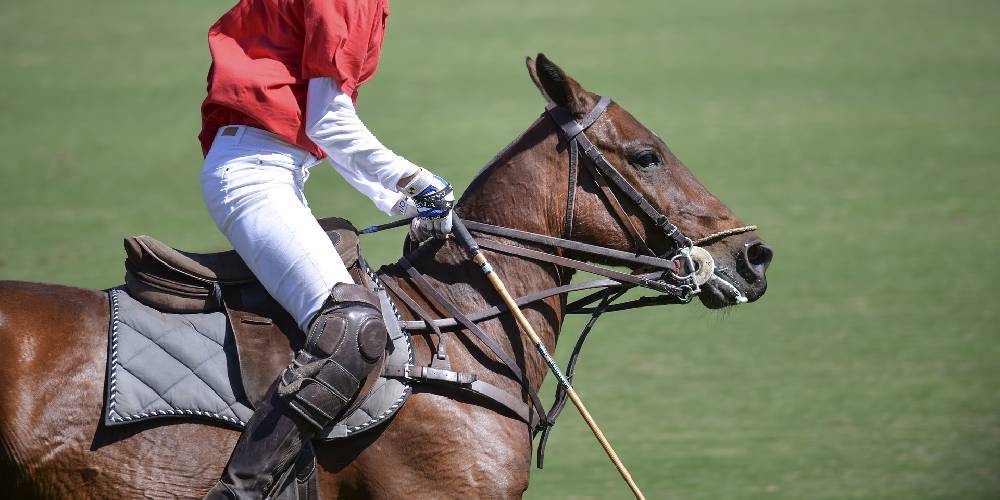
If you haven’t ever done it before, yes it can be pretty hard to two-point. There are a lot of factors that play into riding that two-pointing makes that much more difficult. Not only are you trying to maintain an upright position on a moving horse while standing in your stirrups, but you are also trying to communicate and direct the horse to where you want to go as well.
Without practice or if you have never done it before, two-pointing is fairly difficult, but with practice, strengthening, and consistency, it gets much easier.
Do You Only Two-Point In English Riding?
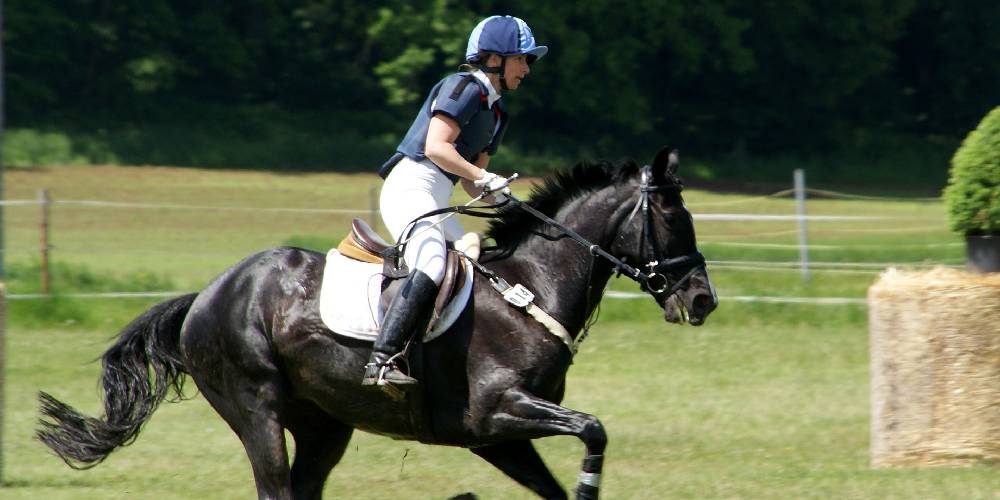
Typically, two-pointing is really only seen in English riding. The reason for this is that in English riding there is more jumping and other activities that require the rider to be up and out of their saddle. In western riding, two pointing is seldom seen as the horn and pommel of the western saddle gets in the way and makes it hard to stand and lean forward over the pommel.
What Are The Benefits Of Practicing The Two-Point?
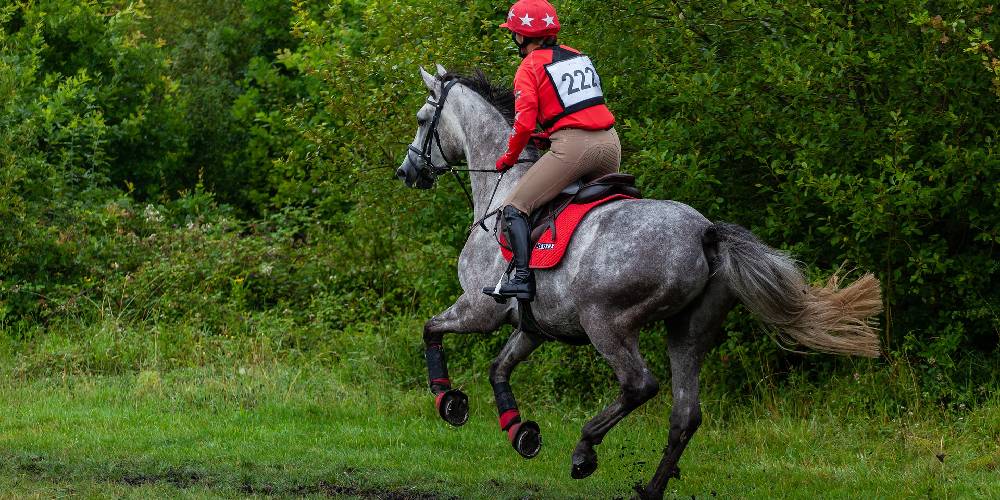
There are so many different benefits to practicing the two point that you might not know about. These include:
The Strengthening Of Your Legs
Just to stay balanced when you are riding in general takes quite a bit of leg strength, especially if you are riding in such a position as a two-point. When you are two pointing, this position especially exercises your thighs, more specifically your inner thighs, as you are flexing those muscles the most when you stand and position yourself to balance and stay upright.
By consistently two pointing, your legs will get even more strong than they would if you were just riding like normal. This would benefit you not only by having increased strength in general, but more importantly improving the overall ease in which you ride.
Balance Improvement
As you might be able to imagine, it might be kind of hard to easily keep your balance while standing in your saddle on a horse that is cantering at 15 miles per hour. By starting slow and practicing this position, you should be able to gradually improve your balance. Consistency is key!!!
Improved Seat
Trust me when I say that learning to stand for these gaits makes it easier to sit them too. If you are consistently practicing the two-point, the balance improvement and strength you will naturally gain from this will improve your seat, general riding, and equitation immensely.
Improved Posture
Riding, in general, will improve your posture, but the position that a two-point will put you in will better your posture even more. This is because in this position you are strengthening and working your muscles not only to stay in that specific position but to also get used to riding with a straight back and good posture.
Improved Communication With The Horse
When I was teaching a few of my lesson students how to two-point, I noticed that they really struggled with maintaining that position while still directing and communicating with their horse. With consistent practice, you will be able to easily communicate with your horse while in this position which then improves your cues and direction overall. If you can communicate easily with your horse when two-pointing then it should be even easier when you are sitting!

